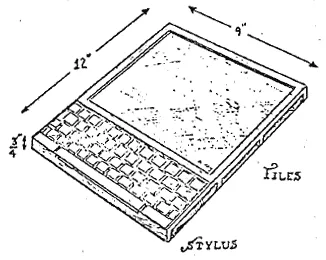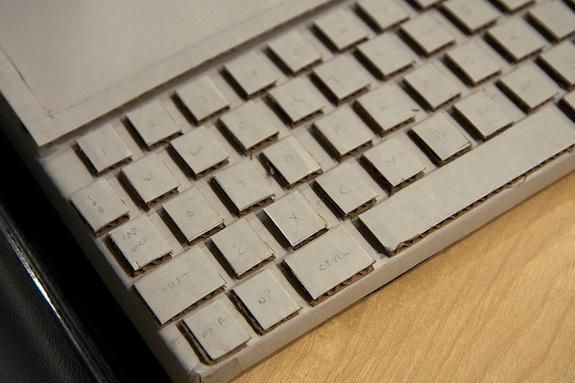A Brief History of Abject Failure in Tablet Computing
/https://tf-cmsv2-smithsonianmag-media.s3.amazonaws.com/filer/20120619053935stylus.jpg)
Yesterday, Microsoft took a dangerous leap into the tablet computing arena, where many a respectable tech company has met its downfall. The Surface has a detachable keyboard and also (brace yourself) a stylus that can be used to write on the surface of the Surface.
The Surface hasn’t exactly met with the same warm embrace that the iPad has enjoyed. Tablet computing has a long history of abject failures. And many of those failures involved computers that required a stupid stylus to operate them.
In 1888, the American inventor Elisha Gray patented the “telautograph” — a telegraph-type machine that allowed the operator to write in long hand. It did not catch on.
Alan Kay came up with the idea for the dinosaur of tablet computers, the Dynabook, in 1968, with backing from the military. It was meant for educational purposes. It did not catch on. (Most kids’ first tablet computer still ended up being a GameBoy.)


In 1991, Microsoft jumped onto the “pen computing” bandwagon and created an operating system that could be operated with a stylus. It did not catch on.
In 2002, Microsoft produced window for XP Tablet PCs for hardwares other tech companies were creating. Users could input information with a stylus. These tablets did not catch on.
Tablet PCs are the Afghanistan of tech companies: they go in ready to win, they emerge wounded and limping. Even the iPad is not as awesome as the iPod or the iPhone were in their day.
/https://tf-cmsv2-smithsonianmag-media.s3.amazonaws.com/accounts/headshot/Sarah-Laskow-240.jpg)
/https://tf-cmsv2-smithsonianmag-media.s3.amazonaws.com/accounts/headshot/Sarah-Laskow-240.jpg)